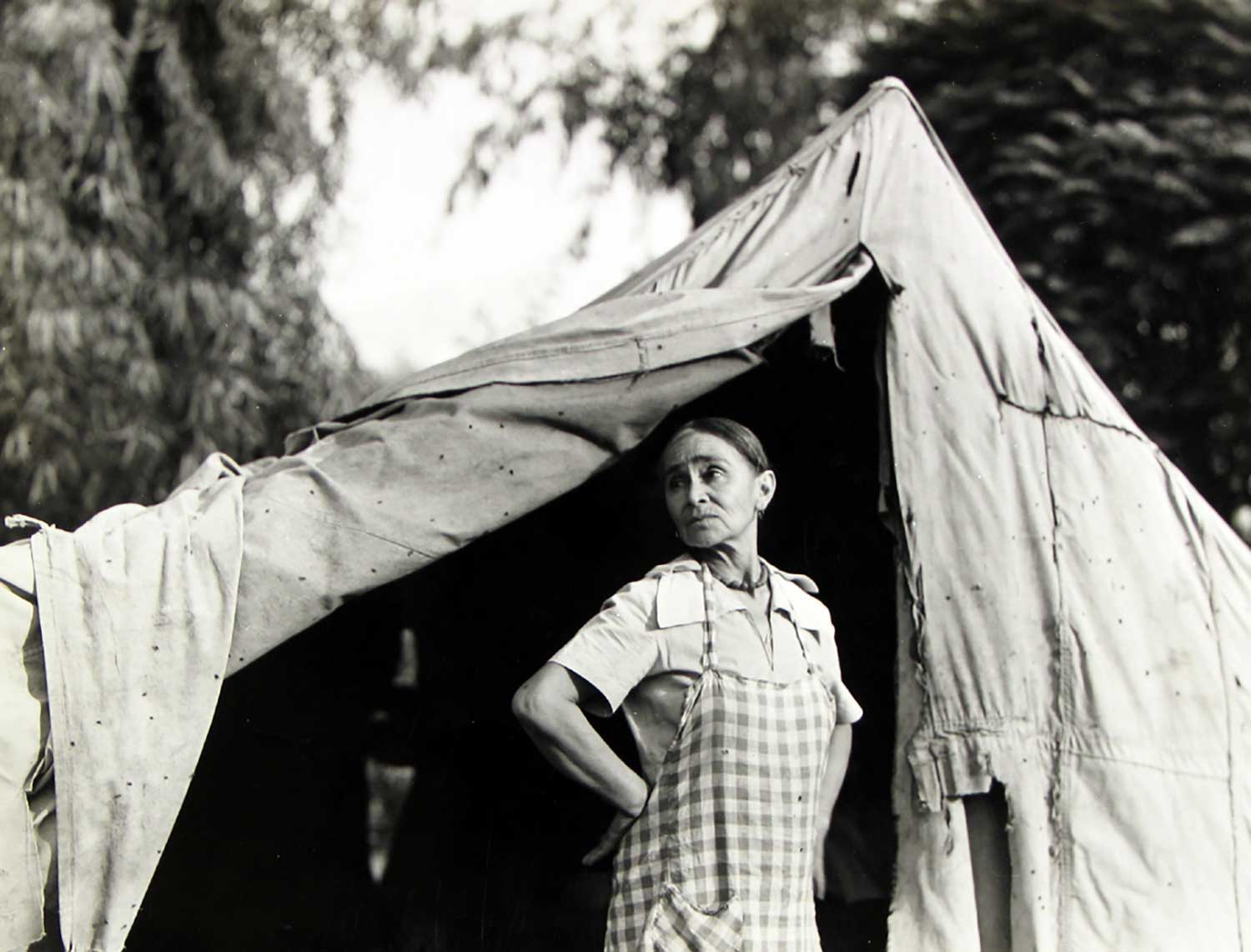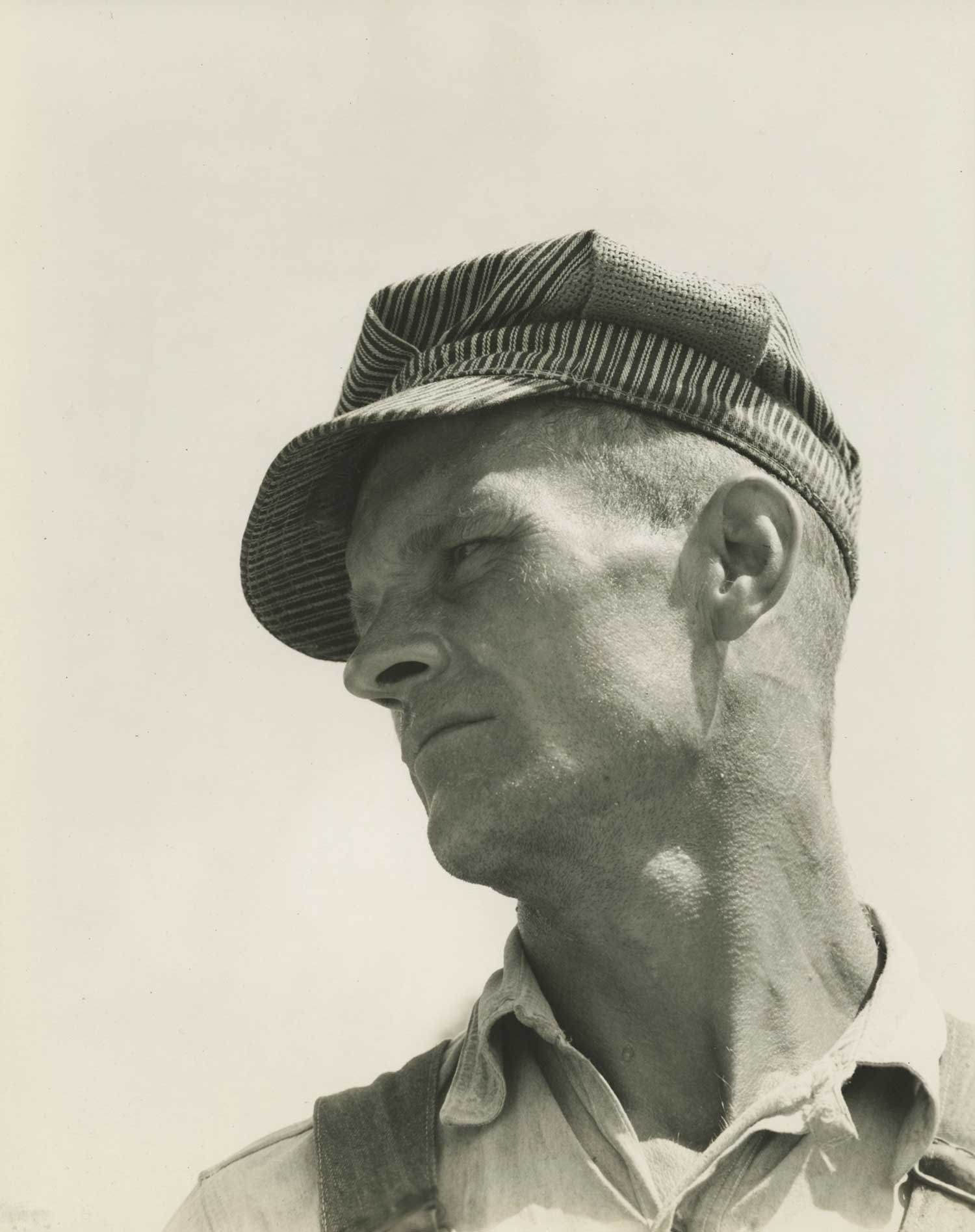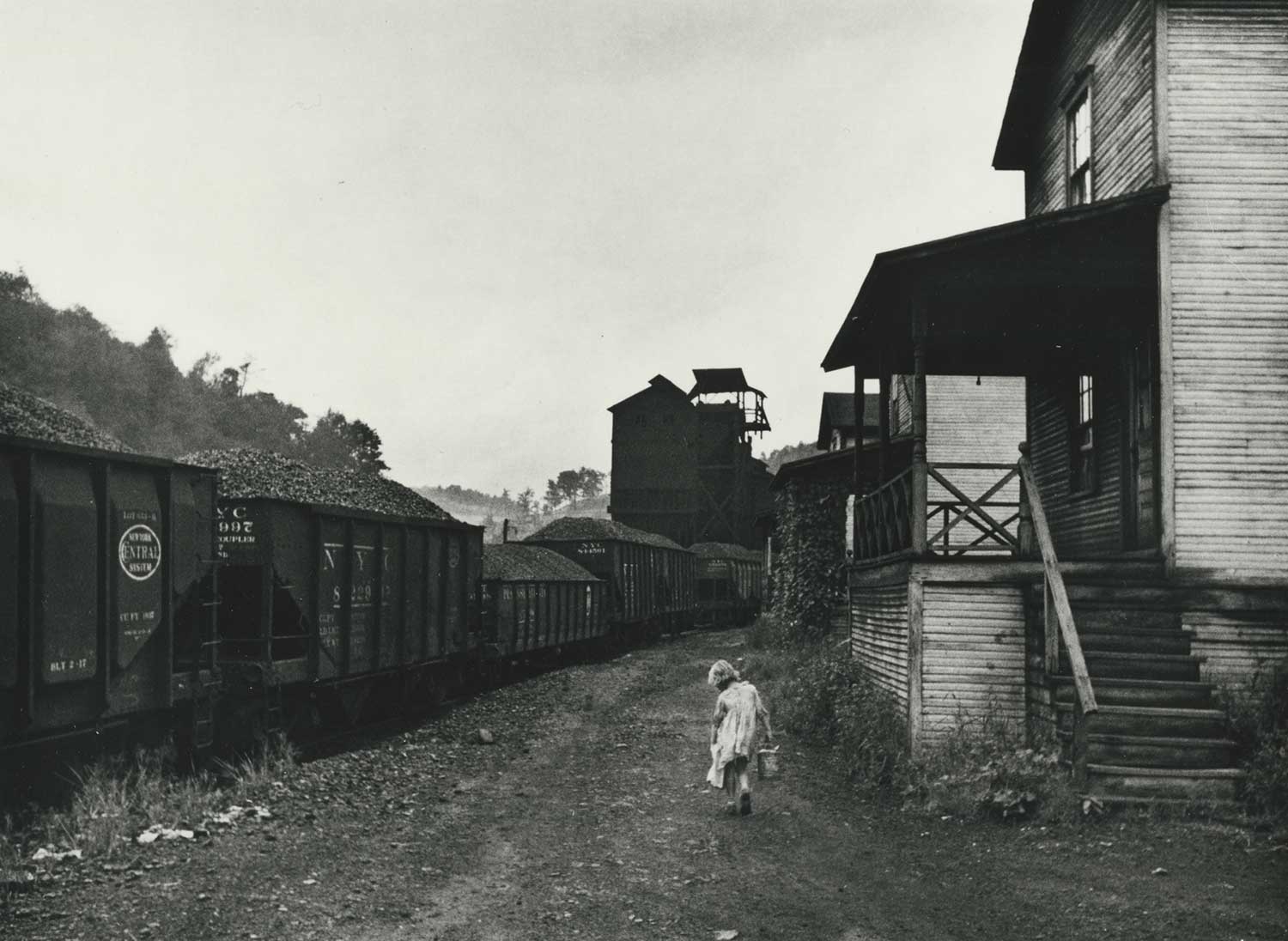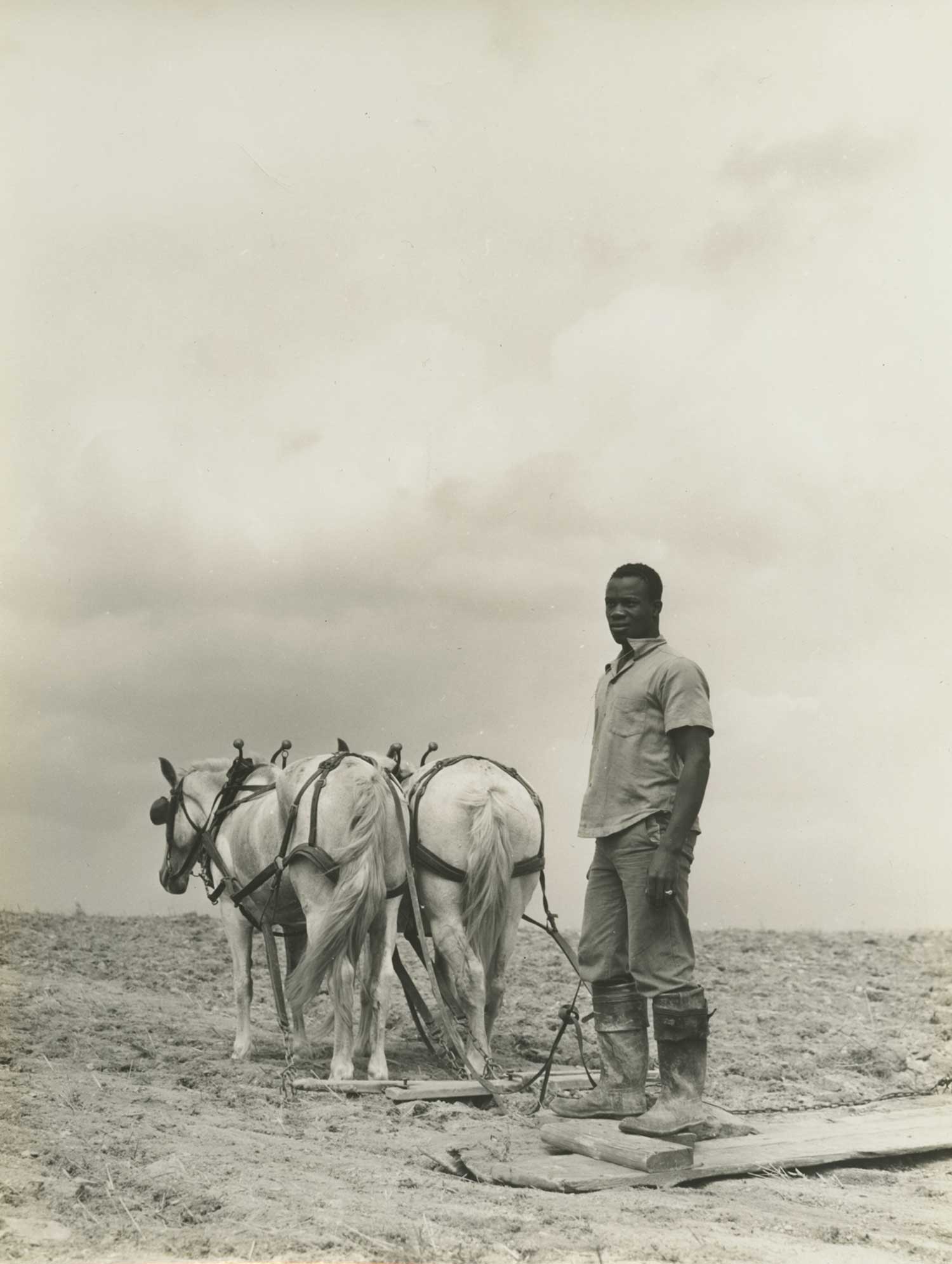5 Depression-Era Photographs That Galvanized Social Change
As the United States dives further into what will surely be an economic recession, and as anxiety increases over how the nation will respond, photographs commissioned by the Farm Security Administration (FSA) in the wake of the Great Depression show the potential impact of the arts on an American collective conscience. During the Great Depression, the famed photographers of the FSA, led by director Roy Stryker, dispersed across the once prosperous nation to document the fall. Part of a government-funded relief program, the FSA’s photography division strove to record economic and environmental struggles, propagate the era’s essential photographs, educate Americans on the country’s situation, and inspire social change. “We believed, we knew, we saw,” said Stryker in 1963, “we sensed we were a part of this perception, part of coming in contact, part of seeing a world—a country of ours in turmoil, a country in trouble.”
In the exhibition One Third of a Nation: The Photographs of the Farm Security Administration, viewable online at Howard Greenberg Gallery until May 15, this essential historical record comes rushing back through iconic pictures taken by Dorothea Lange, Walker Evans, Ben Shahn, Arthur Rothstein, Gordon Parks, and others. Looking at the FSA photographs today, in an online viewing room presented by necessity rather than comfort or experimentation, we are left to marvel at the lasting strength of these images, as well as their newly relevant meanings, and to wonder how the contemporary moment will be portrayed when we look back in the decades to come.

Dorothea Lange, Greek migratory woman living in a cotton camp near Exeter, California, ca. 1935
Courtesy Howard Greenberg Gallery, New York
Dorothea Lange
The beginnings of the FSA photography project aligned perfectly with a transition in Dorothea Lange’s early career, when she left San Francisco to focus on photographing agricultural labor and migratory workers throughout the state. Her most powerful work pictured men, women, and children either at work or stranded in the aftermath, like this woman: hands on hips, an understated, worldly experience emanating from her posture. Lange’s monumental photographs from her time in California—Migrant Mother (1936), Filipinos Cutting Lettuce (1935), and White Angel Breadline (1933) are on view in the gallery as well—form the backbone of the FSA’s lasting historical significance. In these photographs, Lange aligned her social documentation with a labor-focused political agenda that remains pointedly relevant today.

Walker Evans, Construction worker, Louisiana, 1936
Courtesy Howard Greenberg Gallery, New York
Walker Evans
For Evans, the photograph was a site of negotiation, a setting to distill the American experience into a singular moment. His Depression-era portraits, immortalized in his collaborative book with James Agee, Let Us Now Praise Famous Men (1941), portray a commanding stoicism in the face of hardship. When fellow FSA photographer Jack Delano first saw Evans’s photographs, he said he was “stunned by the simplicity, sureness, power, and grace of the images.” This photograph of a construction worker in Louisiana is no different. Shot at an upward angle, Evans’s subject is given nearly mythical status, even as he looks away with a despondent glance.

Russell Lee, Untitled (Floods Kill Hundreds . . .), 1936
Courtesy Howard Greenberg Gallery, New York
Russell Lee
Feeling limited by his chosen medium of painting, Russell Lee first picked up a camera in 1935; one year later, he was hired by Roy Stryker at the Resettlement Administration—which would later become the Farm Security Administration. Perhaps the most prolific photographer employed by the FSA, Lee is most known for his photo-essays depicting rural Iowa and other locales in his coverage of the Midwest and West Coast. Lee’s photographs presented in One Third of a Nation give new light to the urban scenes he captured over those same years. Here, with a sign overhead proclaiming, “Floods Kill Hundreds in East,” and a man playing violin on the street, the malaise of metropolitan society resonates across America, urban and rural alike.

Marion Post Wolcott, Unemployed coal miner’s daughter carrying home can of kerosene. Company housing, Scotts Run, W. Va., 1938
Courtesy Howard Greenberg Gallery, New York
Marion Post Wolcott
In 1937, stuck shooting fashion assignments for the Philadelphia Evening Bulletin, Marion Post (later Wolcott) approached her friend and mentor Ralph Steiner for advice. Two weeks later, buoyed by recommendations from Steiner and Paul Strand, she joined Stryker’s team of photographers at the FSA. Post made this photograph on her first assignment, in the coal-mining regions of West Virginia, hard struck by economic depression. A haunting image, the isolation speaks to the contemporary moment in both context and tone. As industries grind to a halt, oil prices implode, and streets empty, Post’s photograph of an unemployed coal miner’s daughter is a loaded reminder of what the next years could look like.

Jack Delano, Greene County, Georgia, 1941
Courtesy Howard Greenberg Gallery, New York
Jack Delano
Like Walker Evans’s construction worker, the subjects of Jack Delano’s photographs in Greene County, Georgia, are tall-standing, prophetic figures. A hotbed of FSA and New Deal activity—numerous FSA photographers, including Dorothea Lange, Marion Post Wolcott, and Russell Lee, visited in the late 1930s and early ’40s—Greene County was a Southern center of agriculture, poverty, and racial animosities. In 1941, Delano added his own angle to the county’s photographic record, joining the sociologist Arthur Raper to pair visual documentation with written analysis. There, Delano used his camera to expose Southern poverty and racism alongside surveys of the people he saw, their livelihoods, vernacular architecture, and landscape: timely visual ethnographies set against the backdrop of the Great Depression.
One Third of a Nation: The Photographs of the Farm Security Administration is viewable online at Howard Greenberg Gallery through May 15, 2020.


























